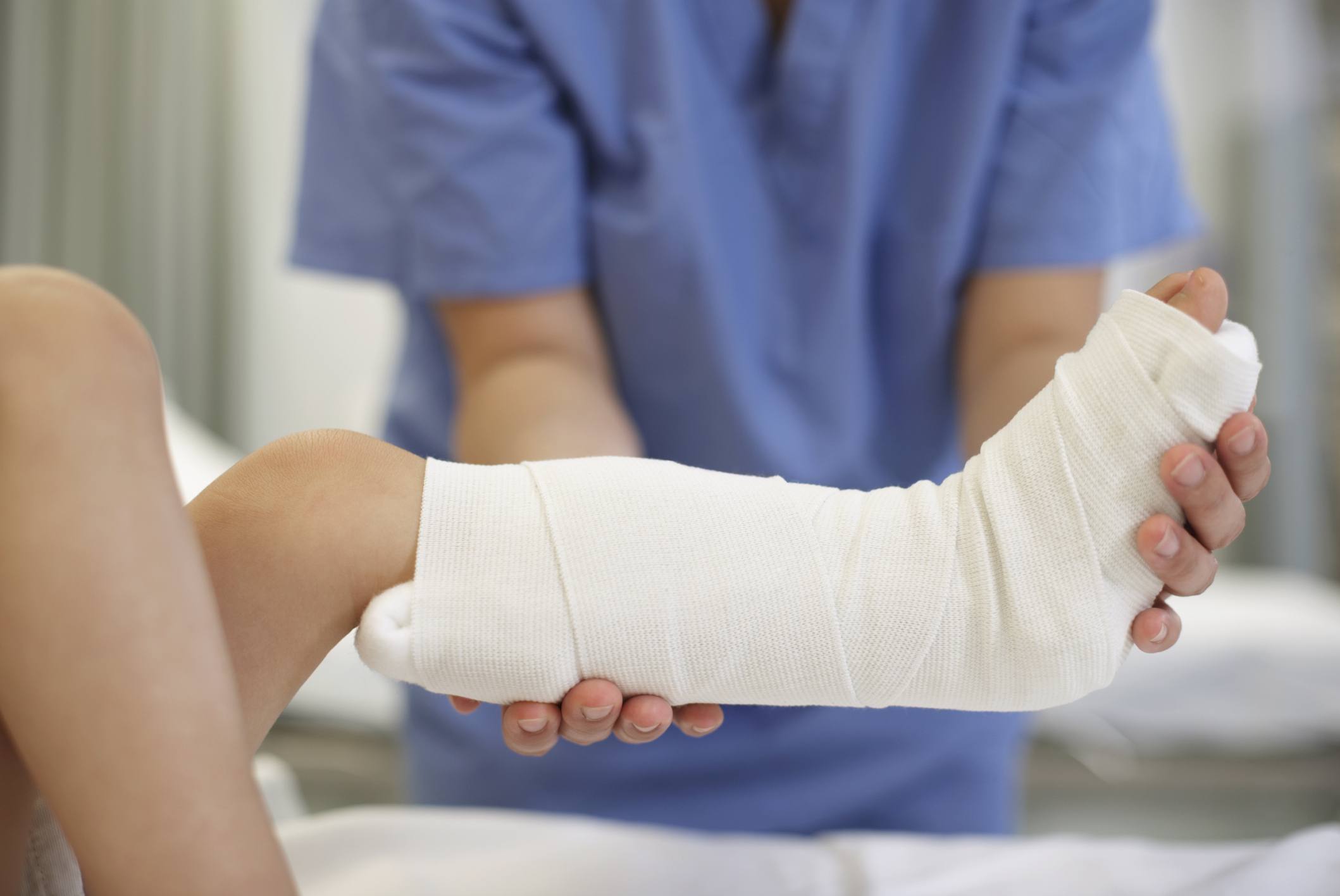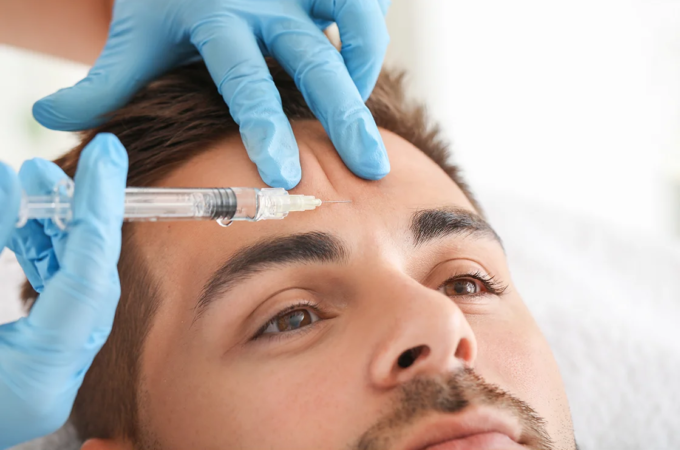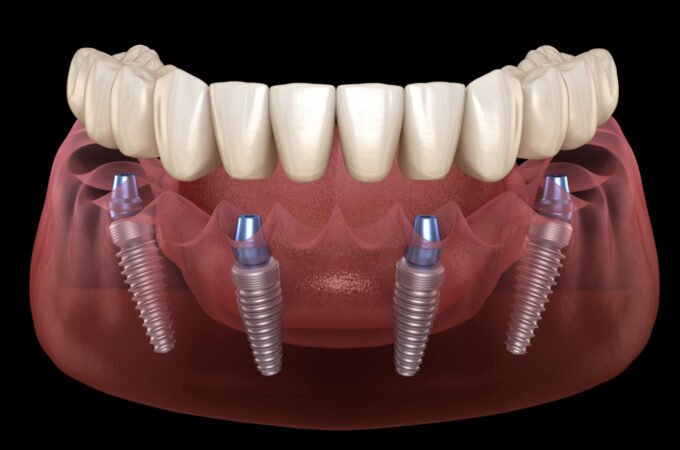
7 Common Conditions That Require Urgent Care
An urgent care facility treats illnesses needing immediate attention and offers convenient access to high-quality treatment. Urgent care facilities treat issues like cuts and fractures, among other minor ailments. If a person’s injury cannot wait for a doctor’s visit, they may opt for urgent treatment. If the accident occurs after the regular doctor’s office has closed for the day, there is another scenario when individuals might decide to go to urgent care. Here are some of the most common injuries and conditions that should be treated immediately.
Bone Fractures:
A fracture is not a life-threatening condition but requires quick medical intervention to fix the bone. However, waiting for a primary care physician’s visit can take too long. Fractures can cause bleeding, bruising, or swelling where the bone is broken. A fracture near a joint may limit the joint’s range of motion. This kind of damage can be diagnosed and treated by doctors at urgent care facilities.
Burns:
Patients with severe burns should go to the emergency room, but relatively moderate burns can be treated at an urgent care facility. People with minor, second-degree, and first-degree burns can select urgent care over the emergency hospital to get treated more quickly. The inner and outer layers of the skin are affected by second-degree burns and can accuse skin blistering. Visiting an urgent care facility would ensure the injury is treated on time to avoid infections.

Cuts:
An individual can visit an urgent care facility if a cut is not too severe. Urgent care facilities can treat most skin wounds and cuts. They can examine any minor cuts or sores on your body and sew the skin back together. They can also perform an X-ray to check for fractured bones. To avoid an infection in the wound, they may also prescribe medicines and give you a tetanus vaccine.
Falls:
It is a good idea to visit an urgent care facility after falling to make sure there were no significant injuries. A fall can cause a person to sustain a fracture, a shattered bone, a strained joint, or a concussion. It’s possible that the pain won’t start to appear for several hours after the fall. If a bone is broken, the urgent care practitioner can order an X-ray to confirm it, fix it, apply a cast if necessary, or refer you to the emergency room for severe fractures that might need surgery.
Nausea or Diarrhea:
An urgent care facility clinician can diagnose and treat you if you have nausea or diarrhea. An urgent care center is a suitable option for newborns or older adults. Since infants are prone to illness, they may require prompt care and diagnosis of the cause of diarrhea to prevent dehydration that could be life-threatening. Additionally, the clinic can make therapy suggestions and assist you in determining what is causing your nausea.
Allergies:
People with a history of anaphylactic reactions to certain triggers, like an allergy to bee stings, should always go to the emergency department for prompt medical attention. However, urgent care facilities can provide medication that lessens the intensity of symptoms for many other allergic reactions. If you have symptoms of an allergic reaction like hives and itching, or allergic skin rash, urgent care facilities can be useful for immediate relief.
UTI or Bladder Infection:
Both men and women can experience painful urination. You can visit an urgent care facility if you experience any symptoms. Urgent care professionals can immediately collect a urine sample and test if you have a common infection that may be treated with medicines.
Final Thoughts:
It’s critical to know when to visit an urgent care facility. These facilities are not suitable for injuries or illnesses that pose a serious risk to life. Urgent care centers are a good alternative if you cannot reach your primary care physician.




